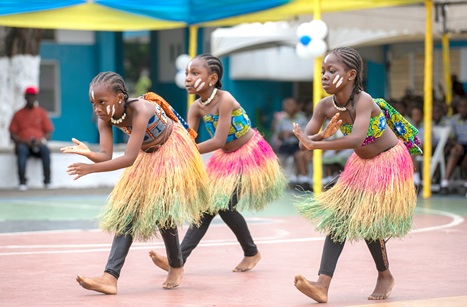What is believed to have begun as a performance by dwarfs has developed into one of the country's rich traditional dances, known as the Kundum Dance.
The dance, which has a rich history rooted in legend and tradition, is a vital part of the Kundum Festival. It is said to have originated with a hunter who observed a unique performance by dwarfs and brought it to his village.
The Kundum Festival is an annual celebration of the Ahanta and Nzema people of the Western Region.
This lively festival coincides with the fish season or the harvest of crops, symbolising a time of abundance and thanksgiving.
The name "Kundum" is believed to come from the phrase "Ekom entum me," meaning "Hunger has not been able to defeat me," reflecting the festival's link to abundant food and resources.
Legend states that Kundum began during a severe famine in the Ahanta and Nzema lands.
According to the story, even though the trees bore ripe fruit, they wouldn't drop for people to gather.
A hunter on an expedition saw a group of dwarfs dancing beneath a tree and as they danced, the fruits fell abundantly.
The hunter mimicked their dance and songs in his community, leading to an increase in food supplies.
Since then, the Kundum Festival has been celebrated with dance to appease the gods and ensure plentiful harvests.
The Kundum dance is rich with meaningful movements and gestures.
Dancers mimic actions such as jumping, plucking fruits into baskets, and sweeping through bushes to clear pathways to farms.
These gestures connect the celebration to the community's agricultural roots and the land's bounty.
Beyond being a harvest festival, Kundum is a time to remember and mourn the dead, relatives and ancestors.
The festival acts as a bridge between the community's past and present, honouring traditions, while celebrating abundance.
The Kundum Festival occurs in September, signifying a time of celebration and reflection for the Ahanta and Nzema people.

